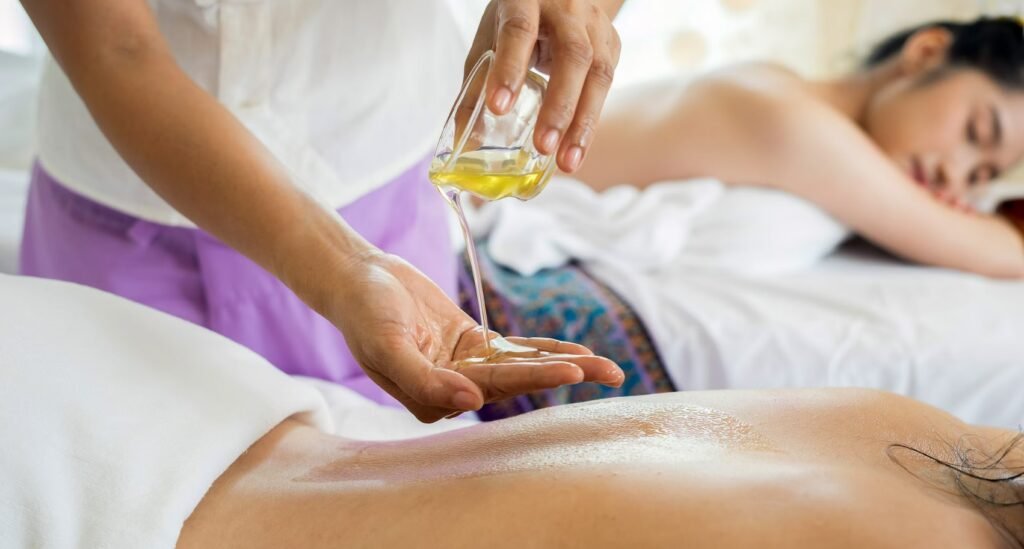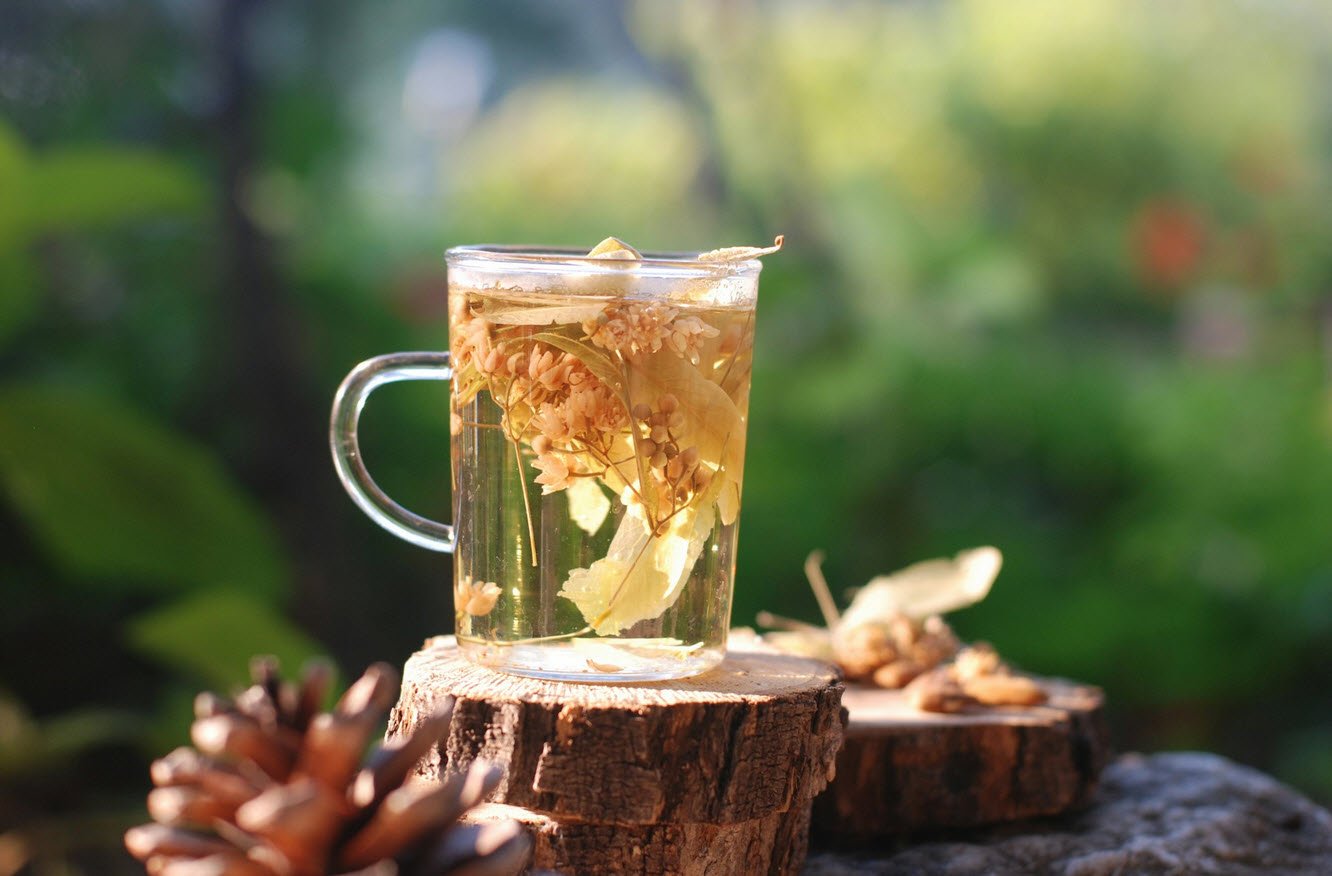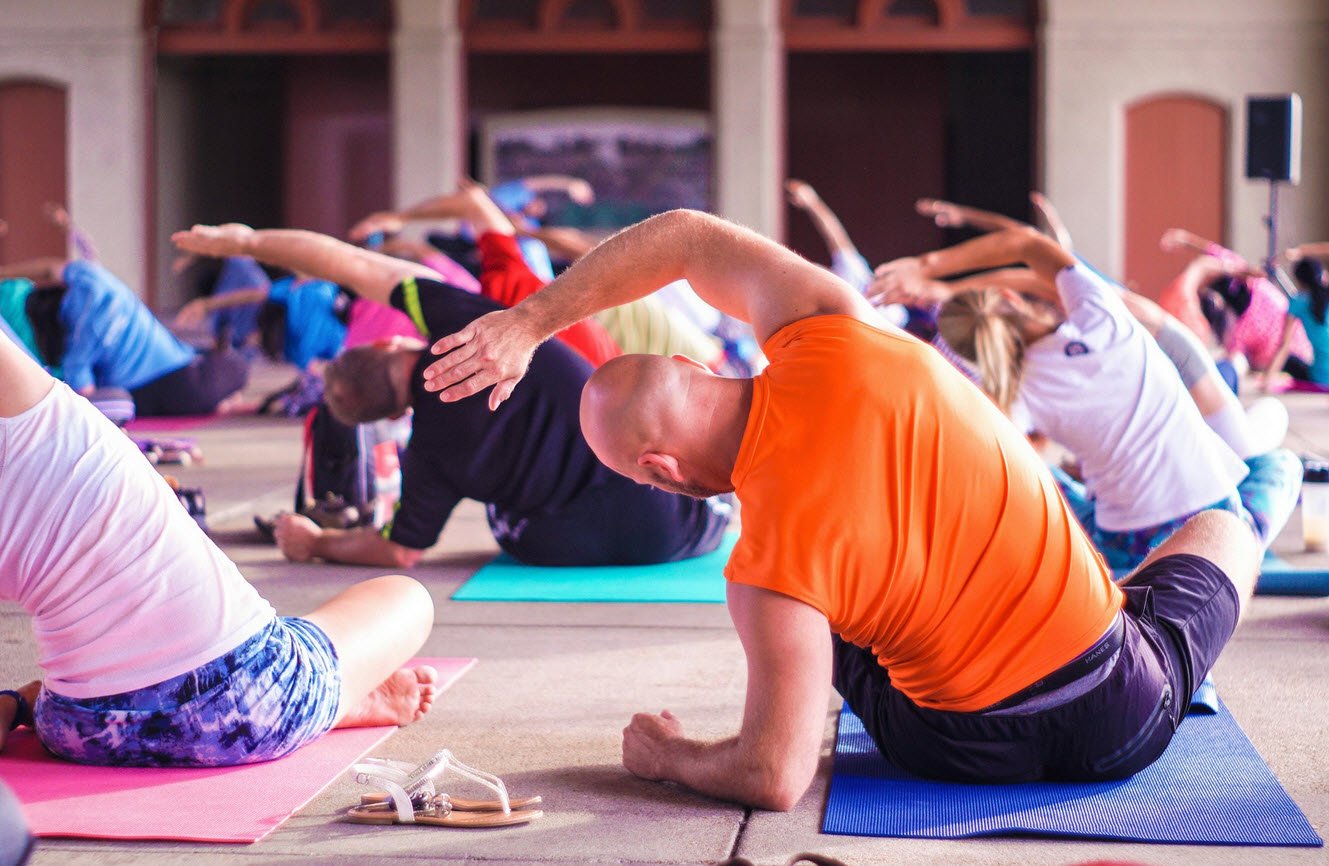
Our first reaction to any injury is to touch and rub the injured part. Pain and discomfort of a child is often resolved when mother gently puts her hand on the child’s head. Even we can often see animals licking their wounds.
All these instances highlight the powerful impact of touch. In fact touch or massage is natural instinct -a spontaneous response – to discomfort and pain. Therefore it would not be incorrect to say that Massage is one of the oldest health practices known to human civilization.
It has been used as a therapeutic modality since ancient times. In the field of sports, massage is recognized as an important preventive, restorative and therapeutic modality. The athlete, coaches and those concerned with sports through out the world acknowledge that massage is an effective modality that can enhance the rate of recovery and reduce soreness and discomfort following intense physical activity.
Despite its popularity and uses the massage also remains one of the controversial modality. Besides the misuses and abuses of this modality as a mode of luxurious comfort, serious questions are also raised on its effects and uses.
Also Read: Top 10 Essential Aromatherapy Oils For Your Better Health
Massage is one those terms that are easily understood then expressed. People find it difficult define massage though they are confident of its meaning. Massage is not a single technique. It is not even a single set of techniques. Rather, it is a broad heading for a range of approaches that share some common characteristics.
The massage techniques taught in physiotherapy schools are described as techniques of classical massage or Swedish massage. During 19th century several new techniques and approaches of soft tissue manipulations have evolved. These approached though utilized the basic principles of classical massage are somewhat different.
Connective tissue massage, tread massage, periosteal massage, underwater massage, massage using mechanical devices, digital ischemic pressure, acupressure massage, myofascial release etc are some of these new approaches that are gaining popularity in the recent years.
The most common element that allows these approaches to be grouped together is the use of interpersonal touch.
In technical literature no uniform definition of the term massage exists and several authorities have defined massage in different manner. Some of these definitions are presented below:
- “Massage is a term applied to certain manipulation of the soft tissue which are most efficiently performed with the palmar surface of the hand and administered for the purpose of producing effects on the nervous system, muscular system as well as the local and general circulation of the blood and lymph.- Beard
- Massage signifies a group of procedures which are usually done with with hands on the external surface of body in a variety of ways either with curative, palliative and hygienic point of in view – Graham
- Massage is a healing art.
- Massage is the scientific mode of curing certain form of disease by systematic manipulation – Murrel
- Massage refers to all mechanical procedures that can cure illness – Hoffa
- Massage is the mechanical stimulation of soft tissue by rhythmically applied pressure and stretching – Wood and Becker
- Massage is manual soft tissue manipulation that includes holding, causing movement, and/or applying pressure to the body – The American Massage Therapy Association
Most of these definitions are inadequate as they do not include complete dimension of massage or offer any specific criteria on the basis of which a technique can be recognized as massage. Some definitions restricts the use of massage to sick person alone though since time immemorial massage is used extensively by healthy people for rejuvenate and restorative purposes.
Few definitions put emphasis that massage should be performed with hand. In the present era this approach is not practical as there are many mechanical devices which are based on the same technical specification of the manual massage technique and produce similar physiological effects.
If one would look a bit deeply into the practice of massage then it would be clear that mere rubbing and handling of skin does not produce effect. Rather it is the variable amount of mechanical energy imparted to the body tissue by during execution of massage maneuvers that accounts for the effects of massage.
This mechanical energy can be generated by the hand (manual massage) or by some mechanical devices (mechanical massage) such as precursor, vibrator, hydraulic massage, pneumatic massage etc. In manual massage the energy can be imparted in various ways. The effects associated with each technique closely related to the magnitude, direction, duration and means of application of the mechanical force. One of the essential features of massage is application of varying amount of mechanical force to the soft tissue of the body.
However transmission of mechanical energy and use of hand is also involved in various joint mobilization and manipulation techniques of physiotherapy and it is important to distinguish these two categories of manual therapy.
Without going into detail description of the techniques it would be sufficient to say at this point that the basic difference lies with respect to movement of joint. While the mobilization and manipulation procedures are designed to produce passive movement of the joint, the massage maneuvers do not produce any movement of the joint and are mainly directed at the soft tissue of the body.
Classification of Massage
There are several ways of classifying massage. Characters of techniques, method of doing massage, pressure applied during massage maneuvers, and the area of body approached during massage, objectives of massage application are some the basis of classifying massage.
Massage applied to whole body is termed as general massage. The massage administered to large segment of body such as lack, leg etc can be also included in the category of general massage. General massage is usually administered for the purpose of general relaxation and well being.
The massage techniques administered to a particular area of body segment is termed as local massage. Local massage applications are done for treatment of specific lesion. Friction of lateral ligament of sprain following sprain, Friction and kneading for tennis elbow can be considered as local massage.
The term manual massage refers to massage being performed by hand whereas manipulation of soft tissue using any mechanical device is known as mechanical massage. massage techniques used for treatment of disorders or ailments are know as therapeutic massage whereas massage used to alleviate problems of sports persons with the aim of prolonging their quality length of sports career can be termed as sports massage .
According to character of techniques classical massage techniques are classified in the following categories with each having more then one subcategories
- Stroking techniques – superficial stroking and effleurage or deep stroking
- Kneading techniques – palmer kneading, thumb kneading, finger kneading and ironing
- Petrissage – skin rolling, picking up, wringing
- Friction – circular friction and transverse friction
- Tapotment – cupping, hacking, tapping, tenting, beating, pounding
- Vibration – vibration and shaking
A brief introduction of these techniques is presented below.
Superficial stroking: uninterrupted stroke covering one aspect of entire segment of body with lightest pressure. This technique produce greatest sensory stimulation
Effleurage: uninterrupted stoke covering one aspect of entire segment usually in the direction of venous and lymphatic flow with moderate pressure. The purpose of this technique is to improve venous and lymphatic flow and introduce patient to the touch of massage of massage operator
Kneading: rhythmic pressing down of the soft tissue on to underlying structure in circular manner. It is a deep massage technique that aims to produce movement of soft tissue and used to improve soft tissue mobility
Petrissage: rhythmic grasping, squeezing and lifting the soft tissue away from the long axis of bone. The purpose of application of this deep massage technique is same but the direction of tissue approached during technique is different from kneading. In some books kneading and petrissage is reoffered as one technique.
Friction: small range of to and fro motion performed with constant deep pressure. Main aim of this technique is to mobilize the adhesions present between soft tissues.
Vibration: application of mechanical energy using vibrations of hand. The technique is used primarily in the chest disorders but can also be used in sports set up to produce relaxation.
Tapotment: application of a succession of soft blows to the body by various parts of hand. Some techniques of this group are used in management of chest disorders. In sports set up it is used a part of stimulating massage session.








